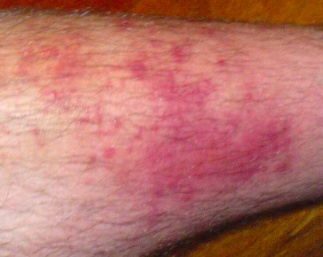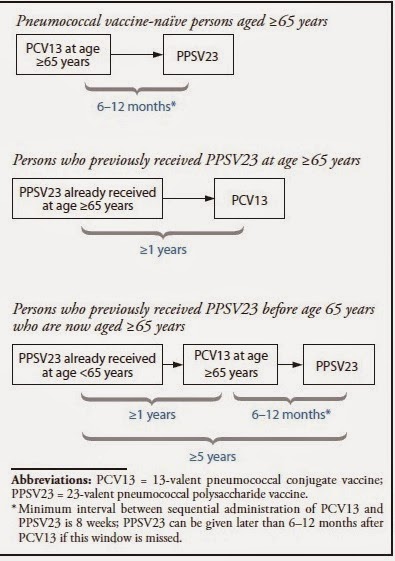
Mrs. C is a 79 year old nursing home resident woman who suffered an ischemic stroke about 10 months ago. She also suffers from depression, multiple frequent falls, dementia with behavioral disturbances, and psychosis. She was started on Levetiracetam (Keppra) 750 mg by mouth twice a day for seizure prophylaxis in the hospital after her stroke. The consulting neurologist at the nursing home recommended continuation of this antiepileptic for seizure prophylaxis. Thinking about how can I optimize her care, I wondered if in older adult patients with history of an ischemic cerebrovascular event, are antiepileptic drugs indicated for seizure prophylaxis?
To find the answer to this Therapy question, I began my search with Pubmed Clinical Queries using the terms “older adults with stroke and antiepileptic drugs for seizure prophylaxis” looking for randomized controlled trials or meta-analyses. The result of my search resulted in a Cochrane review originally published in 2010 with an update in 2014, which included articles evaluating the effects of antiepileptics for primary and secondary prevention.
The most recent Cochrane review from 2014 found only one trial, a randomized controlled double blinded trial, comparing valproic acid with placebo for primary prevention of seizures in 72 adults (over 18 years of age) with an average age of 68.5 years with spontaneous non-aneurysmal, non-traumatic intracerebral hemorrhage. The dose of valproic acid used in this study was 800 mg/d (400 mg twice daily, entirely oral). The primary outcome was seizure occurrence at 1 year, based on nursing or family / caregiver report or a witnessed episode.
Seven out of 36 in the valproic acid group and 8 out of 36 in the placebo group had a seizure after 12 months follow up. These results translate to a calculated relative risk ratio of 0.86 (see table). No confidence interval was reported, but it was stated that there was no statistically significant difference between the 2 groups. Regarding adverse events, there was no increase in sedation, rate of intubation or length of hospitalization in the intervention group compared to the control group. Two participants in the intervention group experienced a mild liver dysfunction that did not warrant treatment discontinuation.
|
Seizure |
No Seizure |
||
|
Valproic acid |
7 |
29 |
Risk of seizure in 7 / 7+29 = 0.19 |
|
Placebo |
8 |
28 |
Risk of seizure in control 8 / 8+28 = 0.22 |
Relative Risk Ratio = 0.19 / 0.22
= 0.86
This RCT was well designed and with low risk of bias (randomization, blinding, etc); nevertheless there is a possibility of a type 2 error (false negative) when a negative study is reviewed, especially one with a small sample size. We could not find details of study power calculation done by the authors to ensure a sample size large enough to detect a difference between the groups if one exists. This is particularly important to know because some of the secondary outcomes showed a trend towards a benefit from valproic acid.
In summary, the use of antiepileptic drugs after hemorrhagic stroke is of questionable value. Interestingly, there is no study that evaluates the use of antiepileptic medications in ischemic stroke (the more common form of stroke). The American Association of Neurological Surgeons and Congress of Neurological Surgeons in June 2014, in view of the lack of available evidence, recommended against the routine use seizure prophylaxis in patients following ischemic stroke, as part of their Choosing Wisely® campaign.
Back to Mrs. C
After discussing this case and without strong evidence supporting the routine use of antiepeliptic drugs for prophylaxis, we slowly started titrated off the antiepileptic drug over a period of 4 months and Mrs. C has not experienced any complications. The need for chronic antiepileptic use should be evaluated periodically in stroke patients and aspects such as side effects, risk of falls, polypharmacy, prognosis and cost effectiveness, should be taken into consideration.
By: Vanessa Rodriguez, MD, Geriatrics and Palliative Medicine fellow at Icahn School of Medicine at Mount Sinai, New York.
This post is part of the #GeriCases series, in which we discuss a clinical case in geriatrics and palliative medicine and the attempt to provide patient-centered care with the use of best available evidence.
Ravishankar Ramaswamy, MD
@RavRamaswamy
Section Editor, #GeriCases
Featured image by: Emilio Garcia



